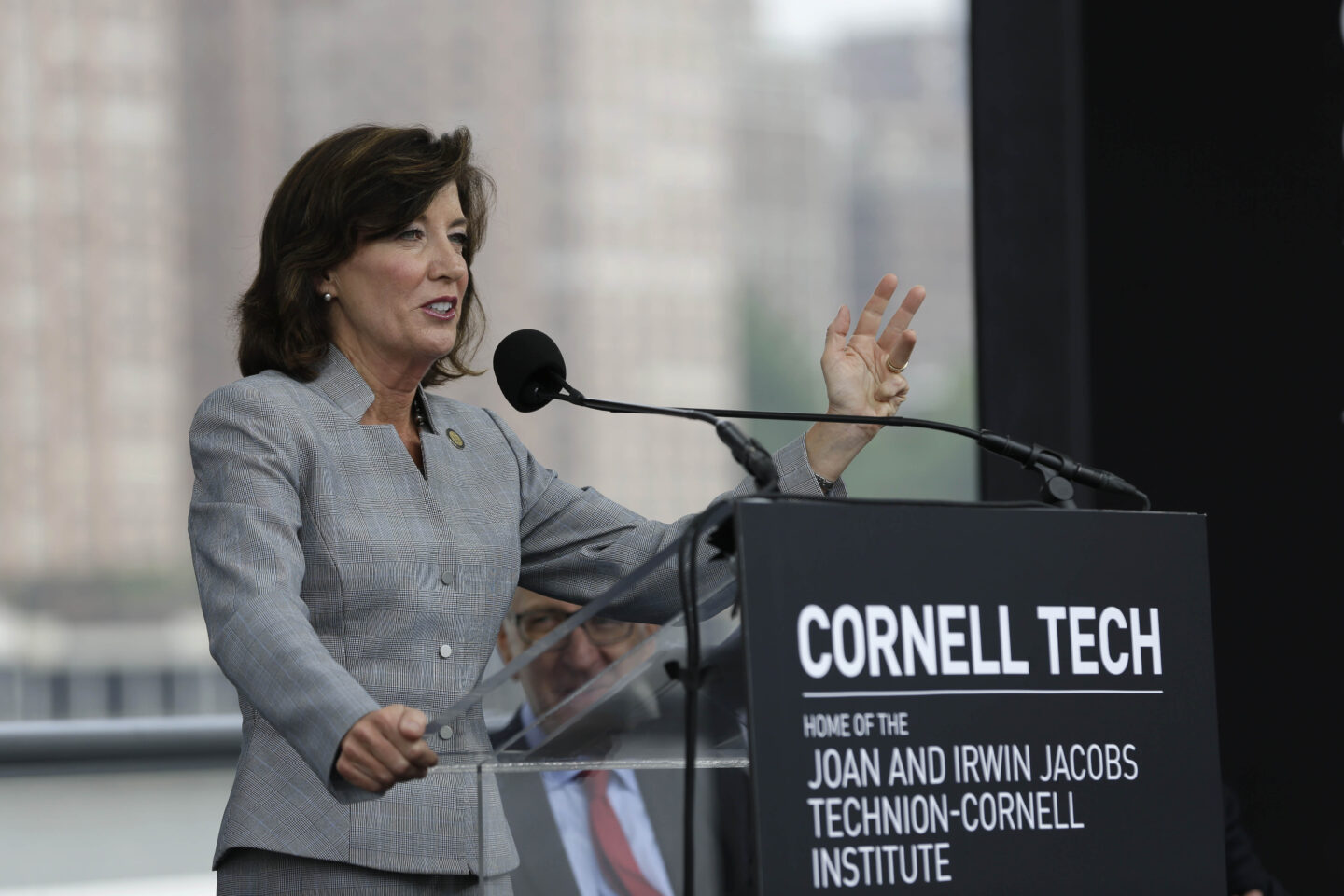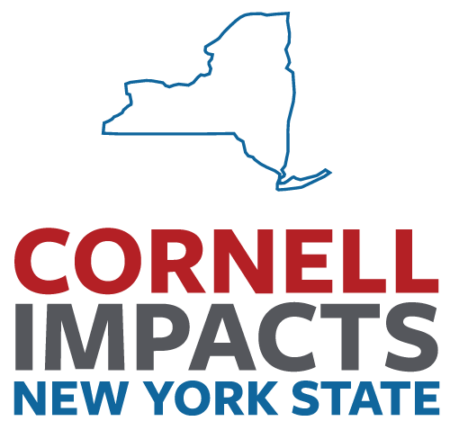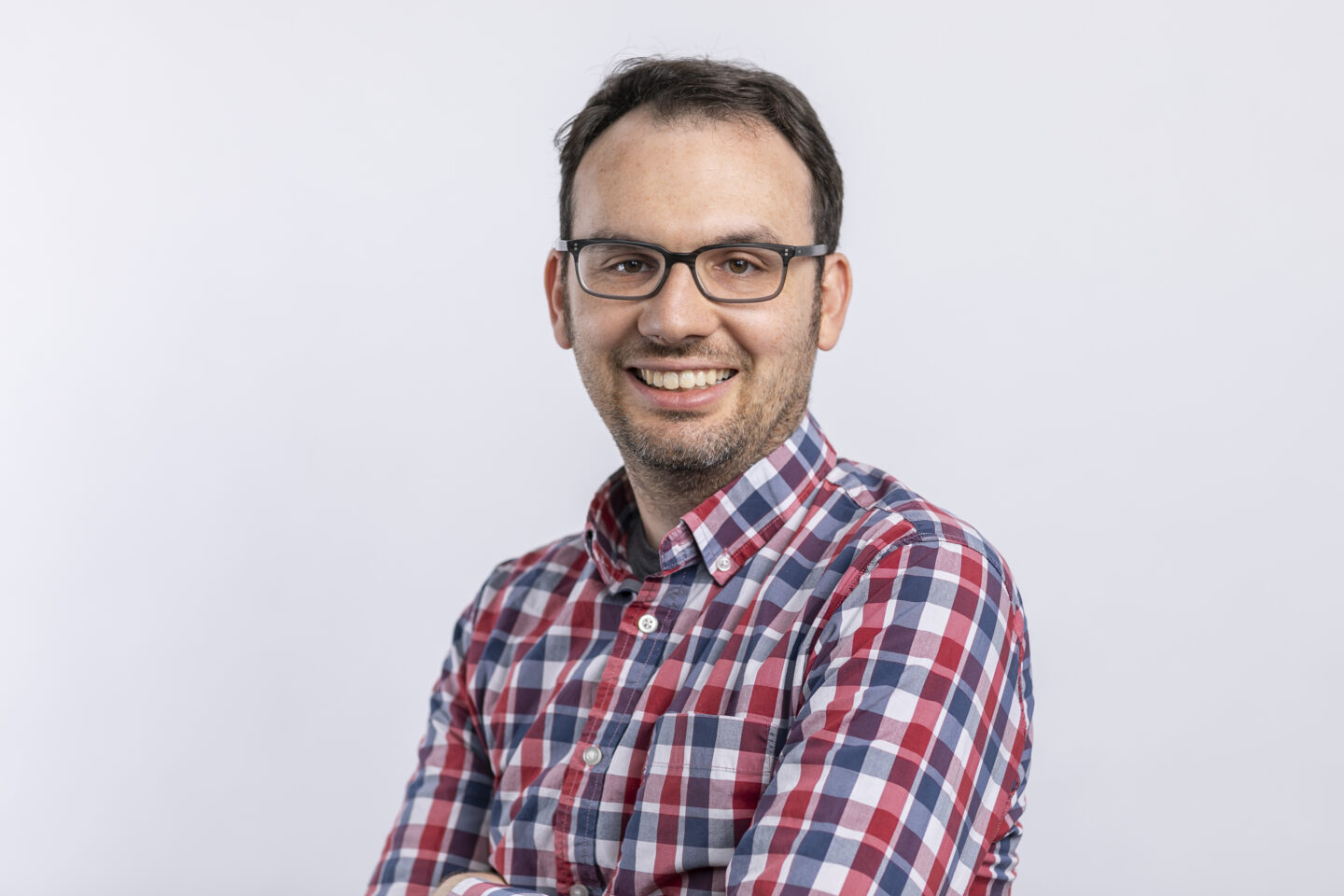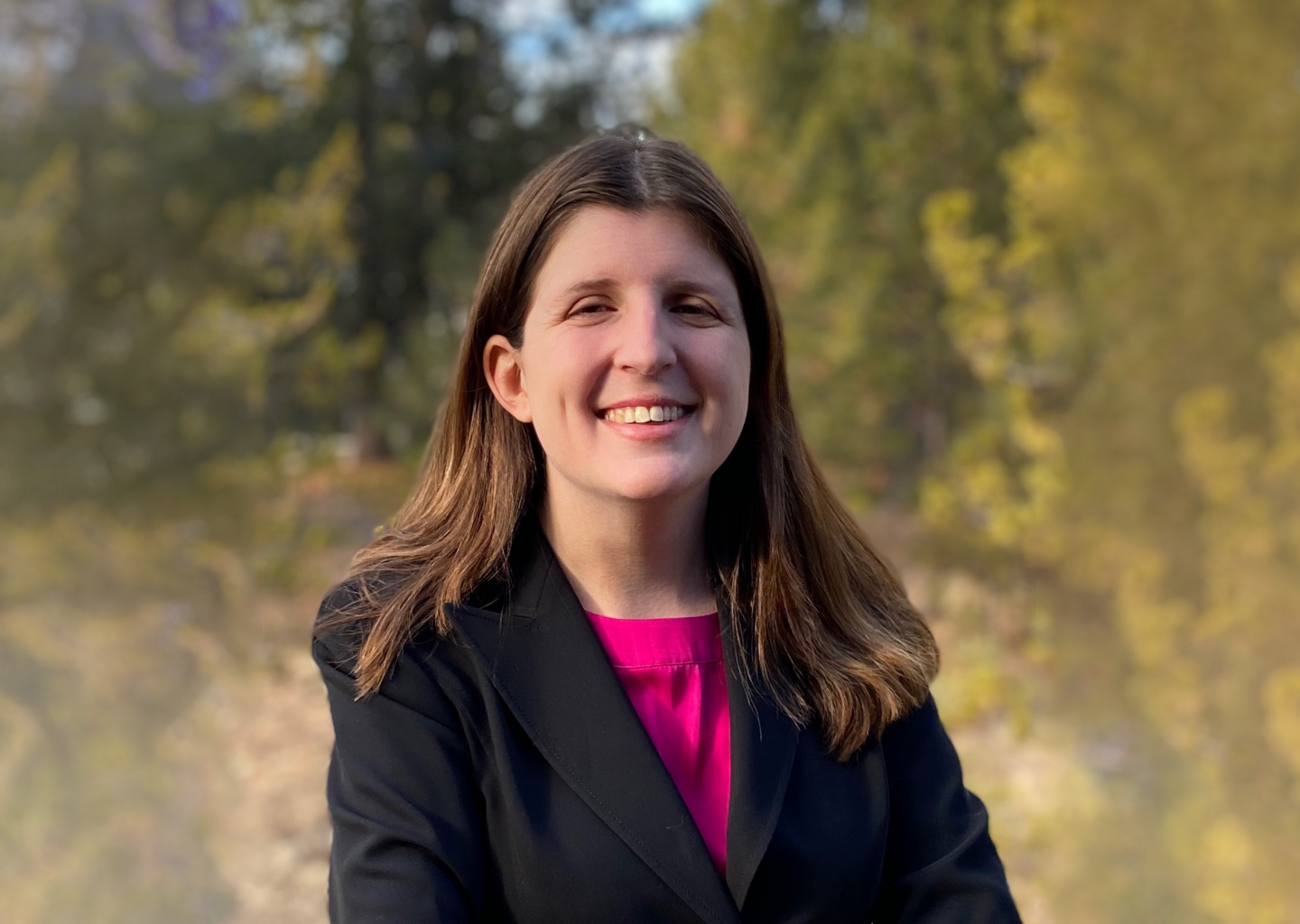
By Tom Fleischman
A consortium aiming to make New York a global leader in artificial intelligence would help Cornell play a role in shaping the future of AI, promote responsible research and development, create jobs and unlock opportunities focused on public good.
Cornell is one of seven institutions in the state poised to become part of Empire AI, proposed by Gov. Kathy Hochul during her State of the State address on Jan. 9.
 The $400 million consortium, also including industry partners, would create and launch a state-of-the-art AI computing facility in upstate New York. In addition to providing computing power, the facility will prioritize sustainability in terms of both power generation and cooling of the system’s hardware.
The $400 million consortium, also including industry partners, would create and launch a state-of-the-art AI computing facility in upstate New York. In addition to providing computing power, the facility will prioritize sustainability in terms of both power generation and cooling of the system’s hardware.
“Our reputation across the globe has always been synonymous with boldness and innovation. So where else but New York should this be happening?” Hochul said. “AI is already the single most consequential technological commercial advancement since the invention of the internet. Global AI has already been valued at $100 billion just last year, and it’s brand new. And it’s projected to reach $1.3 trillion by 2030.”
The seven founding institutions would be Cornell, Columbia University, New York University, Rensselaer Polytechnic Institute, the State University of New York (SUNY), the City University of New York (CUNY), and the Simons Foundation and its research partner, the Flatiron Institute.
“I am excited to see the development of this shared computing facility, which will fast-track cutting-edge research and responsible AI tools to the benefit of all New Yorkers,” President Martha E. Pollack said. “As artificial intelligence promises to transform our economy, accelerate medical breakthroughs, and offer unprecedented tools for research, it is imperative that academic research institutions like Cornell partner to optimize AI technology in service of the public good.”
The project, which needs approval from the state Legislature, would be funded by public and private investment. That includes $275 million from the state in grant and other funding, and contributions from Cornell and other founding members and individuals, including philanthropist Tom Secunda, a co-founder of Bloomberg LP and one of the driving forces behind the consortium.
“Cornell faculty, staff and students are innovating and using AI computing approaches to address societal challenges – from sustainable agriculture to improved urban design to personalized medicine and health,” said Krystyn J. Van Vliet, vice president for research and innovation. “We look forward to Empire AI enabling computing resources in New York state to advance purposeful, cutting-edge AI research. We’re excited to support this effort to put New York at the forefront of artificial intelligence innovation, and to advance research, innovation and translation that develops and uses AI creatively and responsibly for the greater good.”
Van Vliet said such a shared facility can be located in a place where renewable energy for power and cooling is accessible and inexpensive. “That really aligns with Cornell’s 2030 Project and sustainability goals for Cornell’s research community,” she said.
The consortium could be transformational for Cornell, said Greg Morrisett, the Jack and Rilla Neafsey Dean and Vice Provost of Cornell Tech.
“What Empire AI can provide is a real jolt for the university overall, to explore a range of opportunities,” he said. “Without it, there’s a whole set of things that we just won’t be able to explore that we’re going to have to leave to industry to explore. And industry doesn’t necessarily have the same incentives that we do around, for example, fairness, accountability, transparency, all of the things that academic researchers are going to push the frontiers on.”
Kavita Bala, the dean of the Cornell Ann S. Bowers College of Computing and Information Science and lead on the Cornell AI Initiative, agreed.
“This can help us recruit incredible talent in AI,” she said. “This will give AI researchers across campus the opportunity to realize their vision and do the kind of research we want and need to do.”




